The Origin of Jazz
Jazz is a genre of music that has a very strong presence and influence in the world. It is known as the “first world music and has a great impact on other genres that have come after it. It has roots in West Africa, and began when enslaved Africans were taken to the Caribbean. New Orleans was a main destination for enslaved people from the Carribeans, and New Orleans is the place where the music that we all know as Jazz was born.
It has roots from Blues and Ragtime that came before it, and includes many different forms and styles. Jazz originated from many traditional instruments aswell including the gourd, triangles, jewish harps, jawbone, and banjo.
While the story of Jazz started as early as the early 1900’s, it gained popularity during the 20’s and continued to live on and take other forms in the 30’s and 40’s putting the genre on a global scale.
“Jazz was a social commentary.” -Quote from The Story of Jazz
Some of the most influential Jazz artists include...
Louis Armstrong

Buddy Bolden
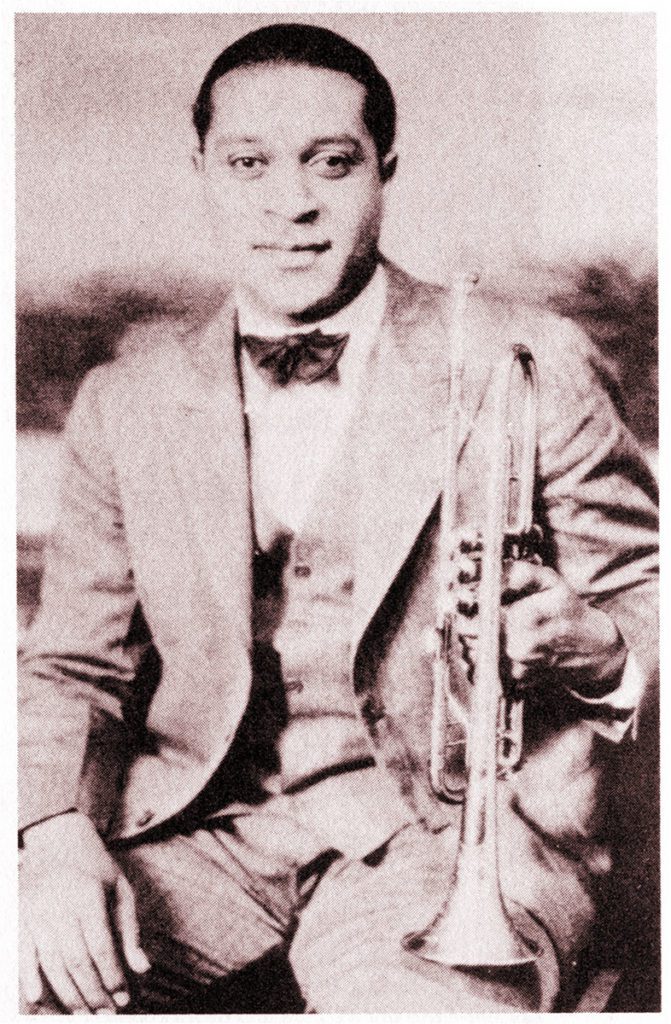
Jelly Roll Morton
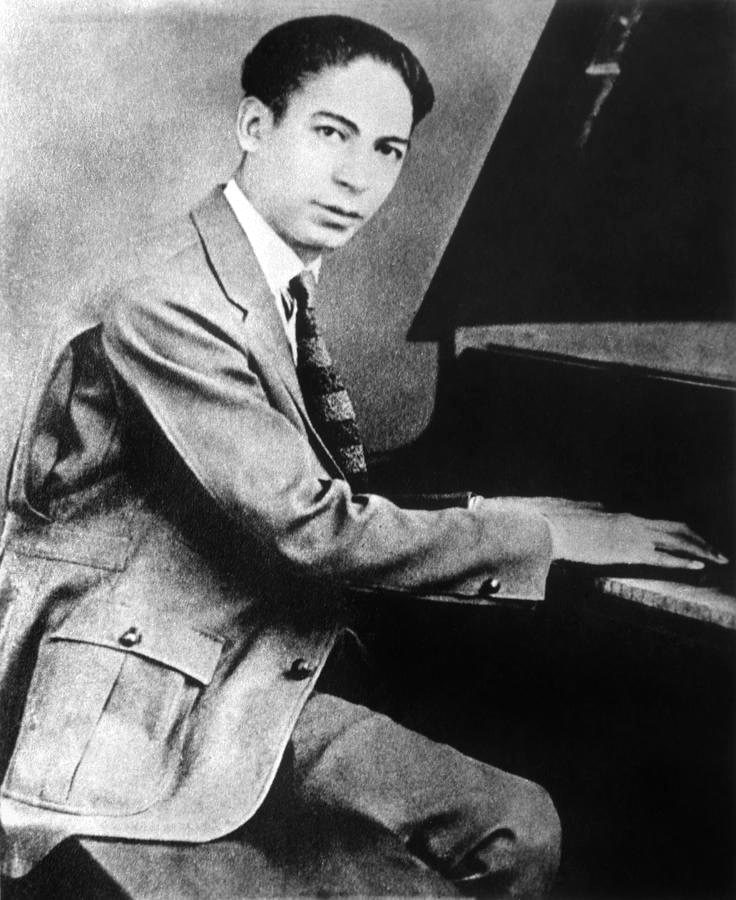
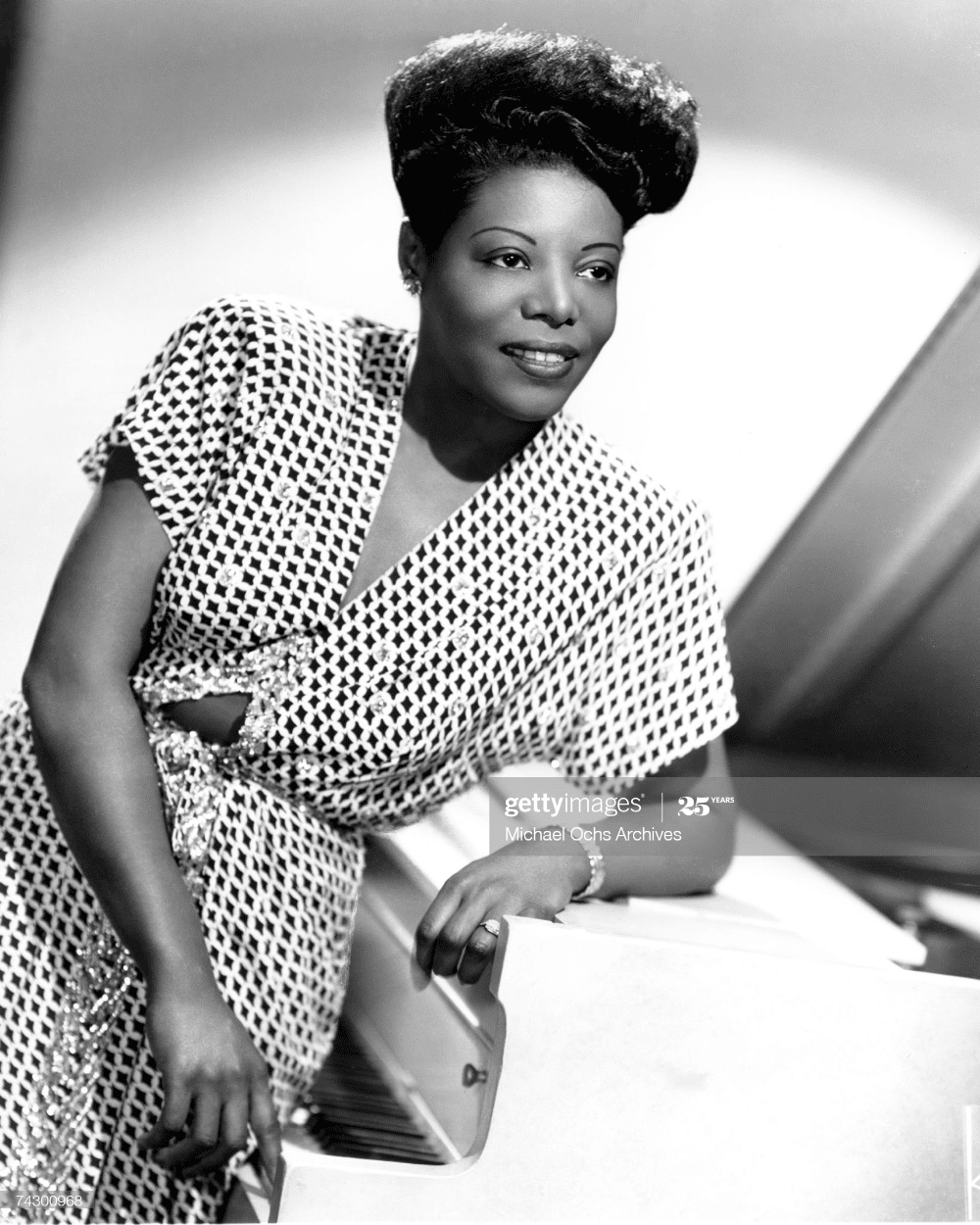
Mary Lou Williams
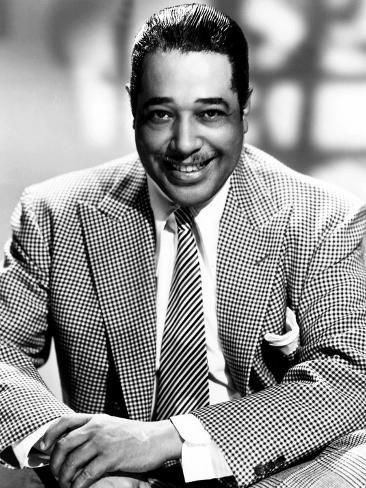
Duke Ellington

Bessie Smith
*Just to name a few
1930's
There are multiple genres of African American music that are known to have been popular in the 1930’s. Jazz continued to be a staple, Rhythm and Blues was common, and Gospel gained popularity. In addition to these genres, a new descendant of Jazz emerged called Swing, and this time became known as “The Swing Era”
Swing
Swing music brought a new, fresh feeling to Jazz music. It has a off beat style with a lighter pulse to it. It was played by big bands like Duke Ellington’s orchestra and others. Most times when Swing was played, people tended to get up and dance. It is always very fast paced and upbeat and the dances that went with it accompanied that.
Swing was most popular during the time of The Great Depression, and acted as a counter/ distraction for the challenges that people were facing.
Notable Artist of the Swing Era
Ella Fitzgerald
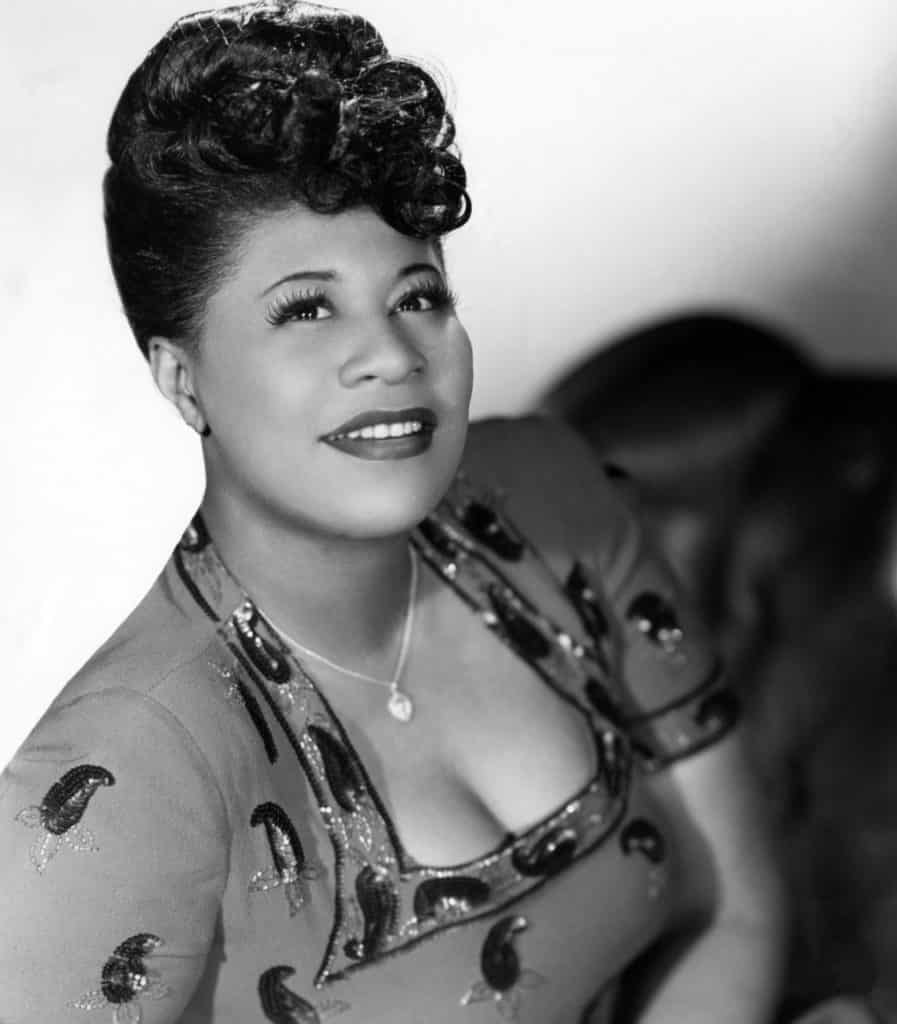
Duke Ellington

1940's
In the 1940’s Bebop emerged factoring a component of improvisation into Jazz. Bebop music was a natural progression of Swing music, taking Swing and making it deeper and a bit more complex.
Bebop
Bebop was a unique type of Jazz and controversial because some felt as if it may have been taking it too far. A lot of people did not consider it as simply Jazz, but Jazz taken in a new direction.
Everyone played it a little different, therefore it had infinite forms and styles. In general, it can be described as more chaotic than swing, with faster tempos and complex syncopation.
All in all, it was moving, uplifting, and the natural evolution of the culture.
Notable Artist from The Time of Bebop
Dizzie Gillespie
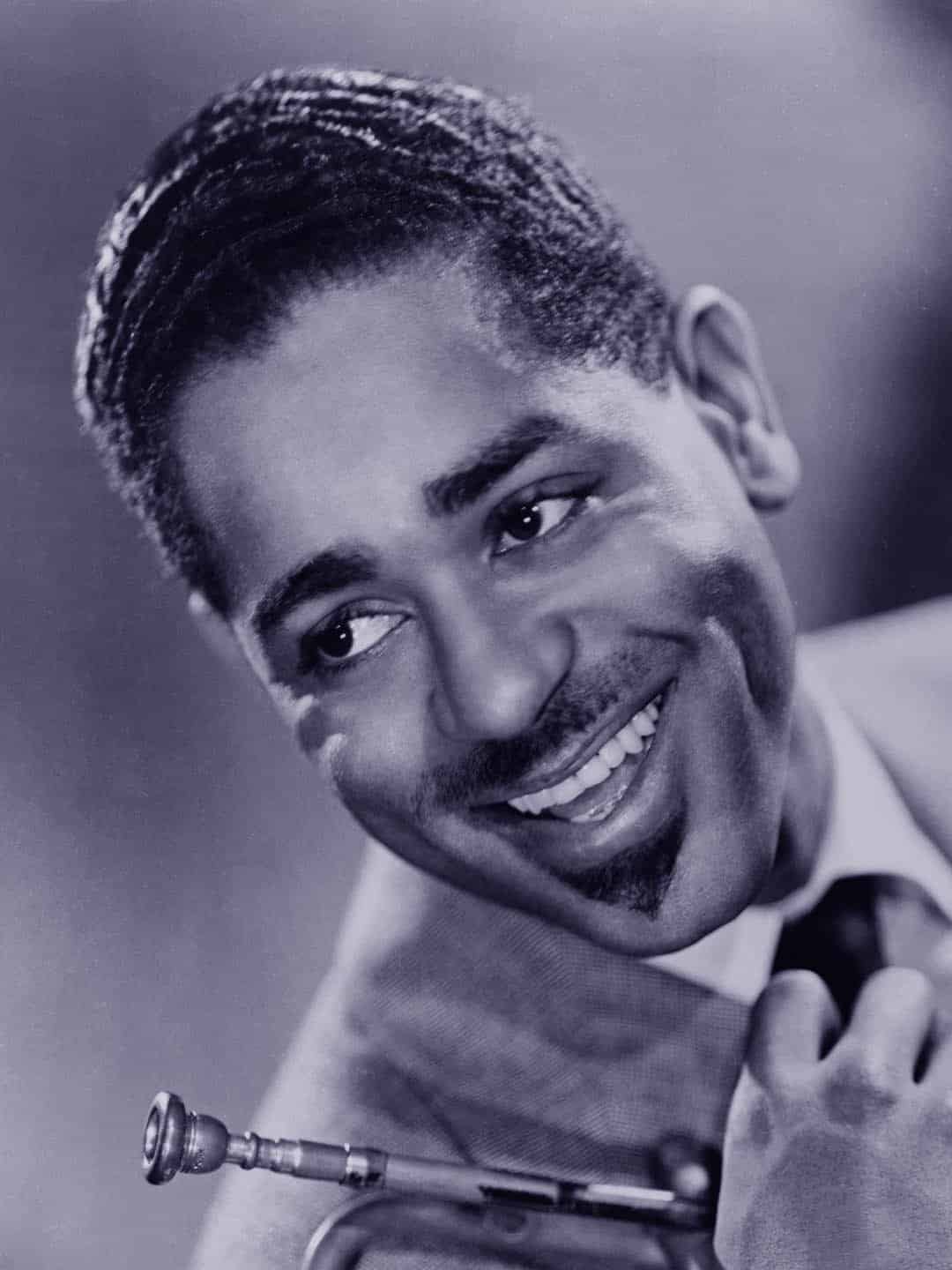
Charlie Parker
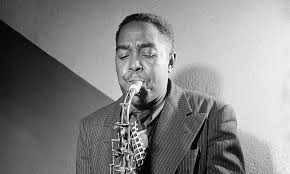
Between The Great Depression and World War II, the 30’s and 40’s was a notable time in history. Music served as a form of expression for what was going on in the world, and Jazz was a musical genre that was very impactful. Although Jazz continues to evolve and take on new forms, it seems to be at a somewhat standstill today and we wait for it to evolve further into something that will be taken note of by the world once again.

